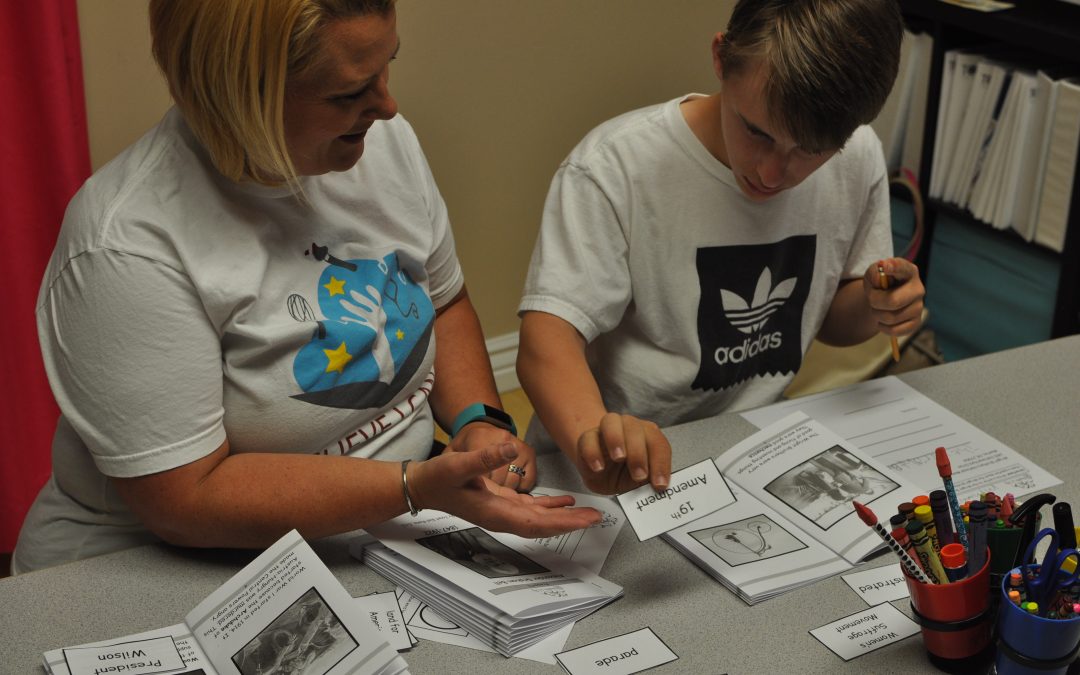Inclusion has helped students with intellectual disabilities, there is no doubt about it. One highlight has been the realization that students with an ID are able to learn more academic content than was previously thought possible. Inclusion has also acquainted general education students with people with special needs, which has led to positive social change. There are big wins. Progress has been made.
When Lily started middle school the classes got too difficult. She had a paraprofessional who helped several students, but it wasn’t enough. Lily was bored out of her mind and didn’t want to go to school. This, of course, broke my heart. There was only one self-contained room, and it was focused on life skills.
Lily wasn’t able to access general education curriculum in the general education classroom, and it wasn’t being taught in the special education classroom. Her education essentially ended in 5th grade. This is the reality for most kids with an ID 12 years old and up. The problem has been recognized at a national level. The Council for Exceptional Children published High-Leverage Practices for Inclusive Classrooms in 2019. This book was the effort of several sped professors from around the country. The following quotes are from the introduction, “While a range of effective practices have been identified to address the learning and behavioral needs of students with disabilities, these practices are not widely used in classrooms.” and “The need to improve teacher practice and related student outcomes has led to a national effort to improve the preparation of teachers by ‘specifying teaching practices’ and preparing teachers to use these practices in their classrooms.” The demand for sped teachers has gone up and to address this, academic institutions worked out ways to quickly certify people and offer alternative teaching certification programs. Teachers who have participated in these programs are often quick to agree that they feel unprepared. We see the result of this in high turnover rates.
Having said that….
A solution is to look at reverse inclusion. I can see a lot of value in restructuring special education classrooms at the secondary level to give students with an ID a “real student experience”, where each class period has a focus. Content subject areas like science, social studies, math and language arts should be scheduled into the students’ day. General education students interested in working with peers with special needs could take an elective in teaching that involves attending the special education classes to support the students. The curriculum content would be designed for students with an Id and embed functional skills into the curriculum organically. Students could break into groups that include typical peers to go over the material, work on projects, and get help with their assignments. For me, this is the logical direction for schools to explore.




